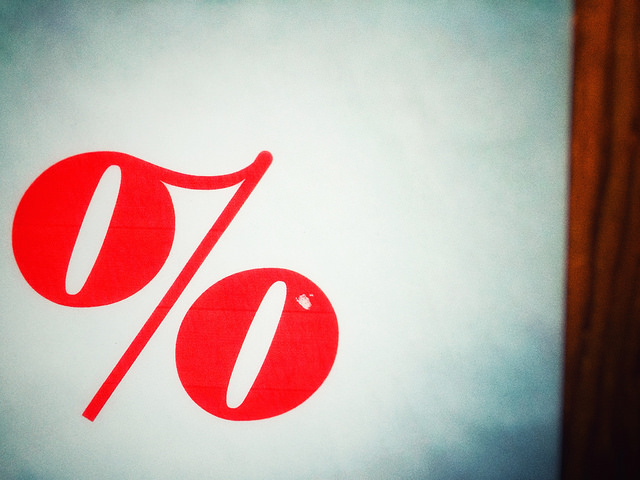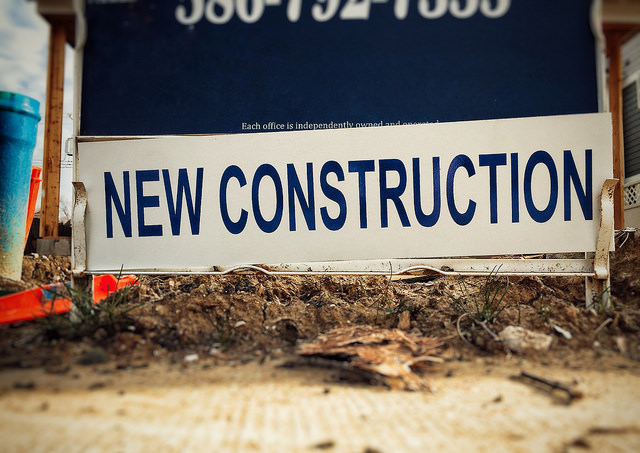Obviously, the number of homes available for sale is important. After all, it has a big impact on affordability. For example, these days there are too few homes for sale in many markets and the resulting inventory crunch has pushed home prices higher. But many recent housing market forecasts say there should be a significant increase in the number of new homes built in 2020. Will it add enough supply to make homes more affordable for buyers? Fannie Mae’s senior vice president and chief economist, Doug Duncan, says there’s good news and bad. “We now expect single-family housing starts and sales of new homes to increase substantially, aided by a large uptick in new construction as builders work to replenish inventories drawn down by the recent surge in new home sales activity,†Duncan said. “Despite the expected increase in the pace of construction, the supply of homes for sale remains tight and strong demand for housing is continuing to drive prices higher, particularly in the more entry-level price tiers.†In other words, though new home construction will add inventory – which will help moderate price increases – inventory will likely remain a challenge, especially for buyers looking for an affordable home. More here.













